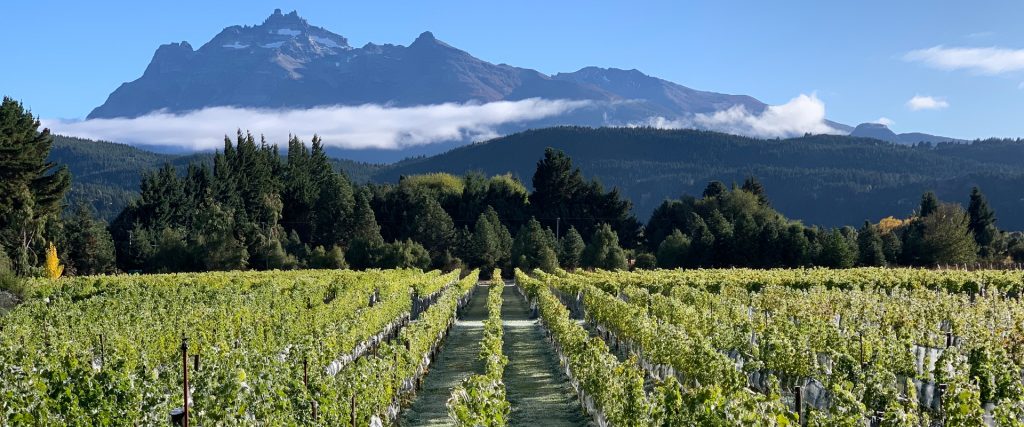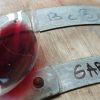Redrawing the boundaries to better appreciate what lies within them. This is the core idea behind recent developments on the Argentine wine scene where the identification of Geographic Indications (GI) is progressing more rapidly than ever.
Geographic Indications in Argentina
In contrast with Europe, Argentina has quite simple legislation governing the identification of its wine regions. In a law passed in 1999, the system contains three categories: Indication of Provenance (IP), Geographic Indication (GI) and Denomination of Controlled Origin (DOC). GIs are a necessary step on the way to the DOCs that represent the backbone of the Old World’s system.
Since the year 2000, 101 Geographic Indications have been approved with several areas still awaiting definitive confirmation. The first wave was aimed at protecting important labels such as Mendoza, Uco Valley, Famatina and the Calchaquí Valleys, while a second focused on wine producing regions.
The model is Paraje Altamira (approved in 2016), based on which several others were created. The latest have a new significance and are keeping winemakers and producers busy describing each terroir and its effect on the wine produced there so as to define them in the most objective way possible.
In this text, we introduce you to the five newest Geographic Indications in Argentine wine country:
Quebrada de Humahuaca, Jujuy Province – 2015
Named part of the Patrimony of Humanity by Unesco, this ravine in northwestern Argentina is also a winemaking region. A small group of producers work at between 2200 and 3330 metres above sea level in a sunny, arid habitat. The key, however is the range in temperatures, which can span as much as 20 degrees Celsius in a single day.
Along the 50 mile ravine, vineyards only account for 30 hectares but the character of their wines is attracting plenty of attention from specialists. Successful varieties grown here include some outstanding Malbec, Tannat and Syrahs, while the most common white is Sauvignon Blanc.
Los Chacayes (Uco Valley), Mendoza Province – 2017
With a total surface area of 102,500 hectares at the foot of the Cordillera Frontal in the Andes, this GI nominated by the Piedra Negra winery owned by the French winemaker Francoise Lurton, was previously a part of the Vista Flores GI.
In spite of its large surface area and the fact that it stretches across the international border with Chile, only 1600 hectares are covered by vines at between 1000 and 1350 metres above sea level. It is the soils that are the major differentiator, with sandy-loam and rock and clay-lime soils with a large proportion of gravel and round rocks coated in calcium carbonate most prominent.
The region stands out for its reds, which include Malbec, Cabernet Sauvignon and Cabernet Franc, and also features some unusual Mediterranean varieties such as Roussanne, Marsanne, Viognier, Grenache, Syrah and Mourvedre.

Pampa El Cepillo, (Uco Valley), Mendoza Province – 2019
Located in a cold region to the south of the District of San Carlos, Uco Valley, and bordering the GI Paraje Altamira, the vineyards of Pampa El Cepillo grow at up to 1000 metres above sea level and experience the lowest temperatures in the region. Many see it as one of the most extreme and challenging areas in Mendoza.
Although Bodegas Esmeralda nominated it for GI status, today more than twenty producers are growing Malbec, Cabernet Sauvignon, Cabernet Franc, Pinot Noir and white grapes such as Chardonnay and Sauvignon Blanc. They are highly valued because of their guaranteed freshness.
San Pablo, (Uco Valley), Mendoza Province – 2019
This GI, nominated by the wineries Salentein, Tapiz and Zuccardi, is located in the Uco Valley where the District of Tunuyán borders the District of Tupungato. Occupying 4300 hectares in the Andean foothills at between 1175 and 1600 metres above sea level, this is one of the coldest vineyard areas in Mendoza.
Currently, the number of hectares under vine are 535 in which stand out varieties are Malbec, Cabernet Franc, Pinot Noir, Chardonnay and Sauvignon Blanc, while some are also investigating less traditional varieties such as Gewurztraminer, Gruner Veltliner and Verdejo.
Trevelin (Patagonia), Chubut Province – 2020
The most recent addition to the list of Geographic Indications of Argentine wine is located in the Province of Chubut, at 43° de latitude south in the Patagonian Andes. Wine production began here in 2010, but the harsh climate ensured that development was slow.

Producers in Trevelin spray water over the vineyards to protect against the intense frosts, which number as many as twenty a year. In contrast with the rest of the country, the area is not irrigated as average annual rainfall is 1000 millimetres.
Currently only 12 hectares are under vine belonging to three wineries (Casa Yagüe, Nanty Falls e Contracorriente) experimenting with whites such as Chardonnay, Sauvignon Blanc, Riesling and Gewurstraminer, while of the reds only Pinot Noir has been a success thus far. There is no doubt that sparkling wines will follow and expectations for them are high.



